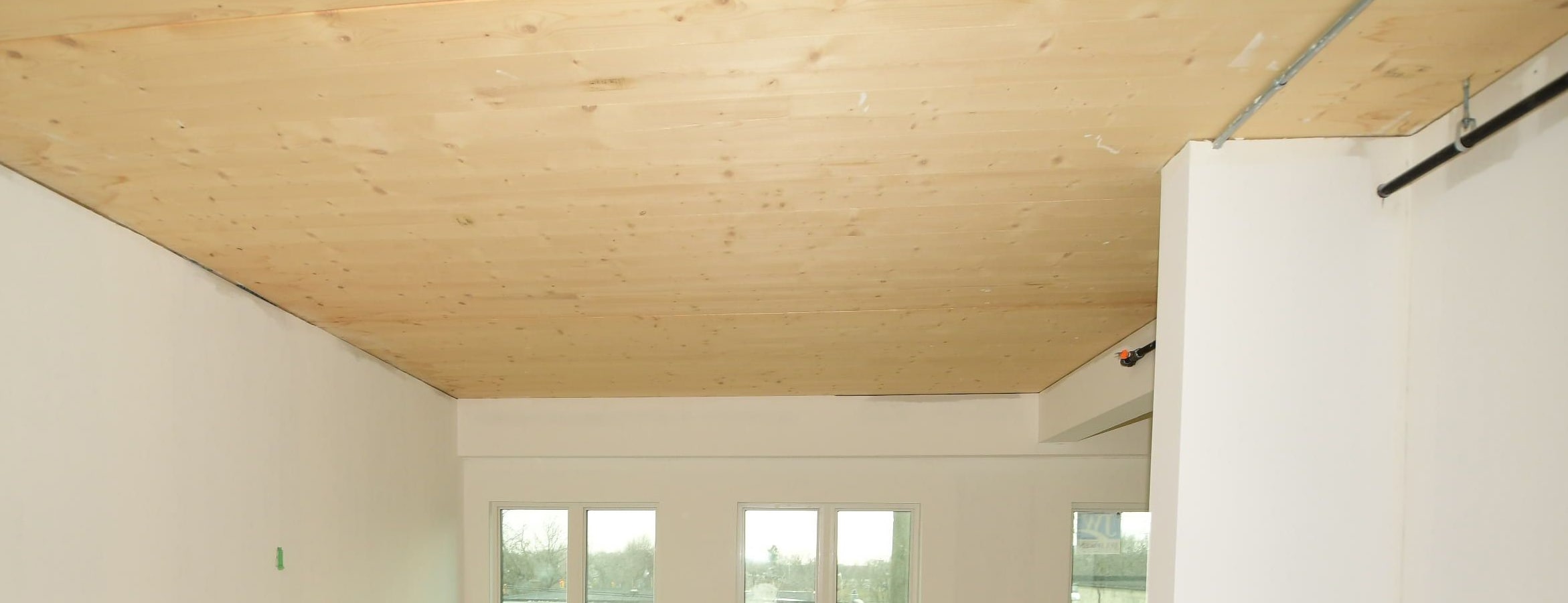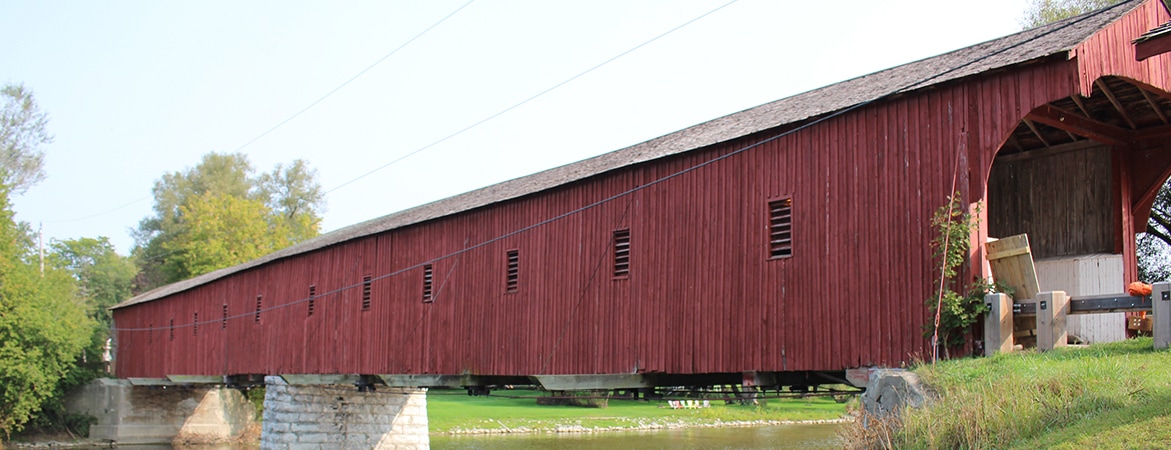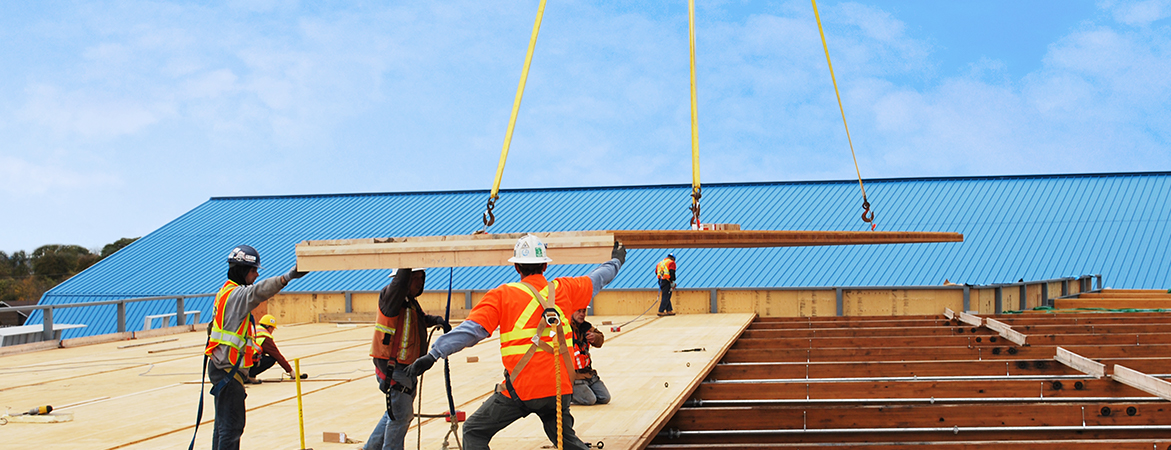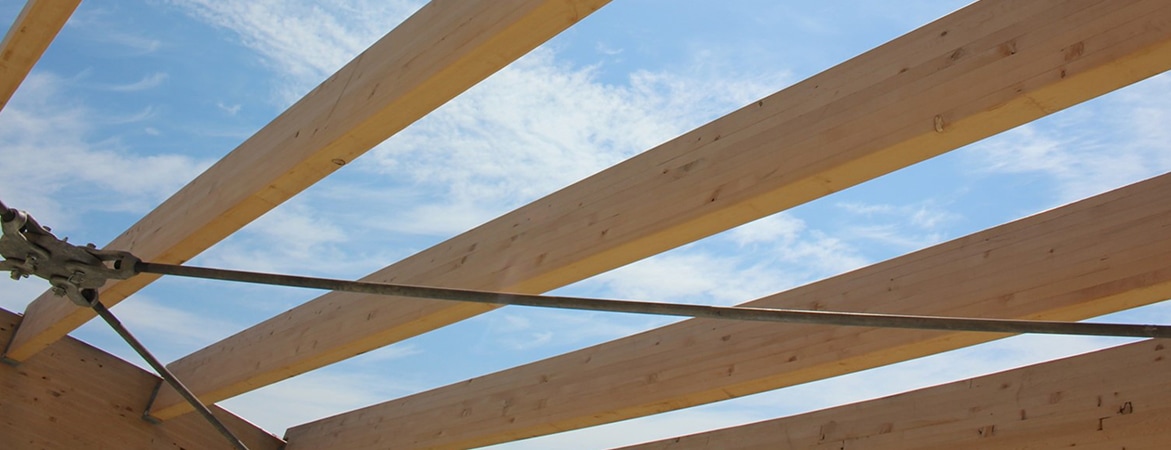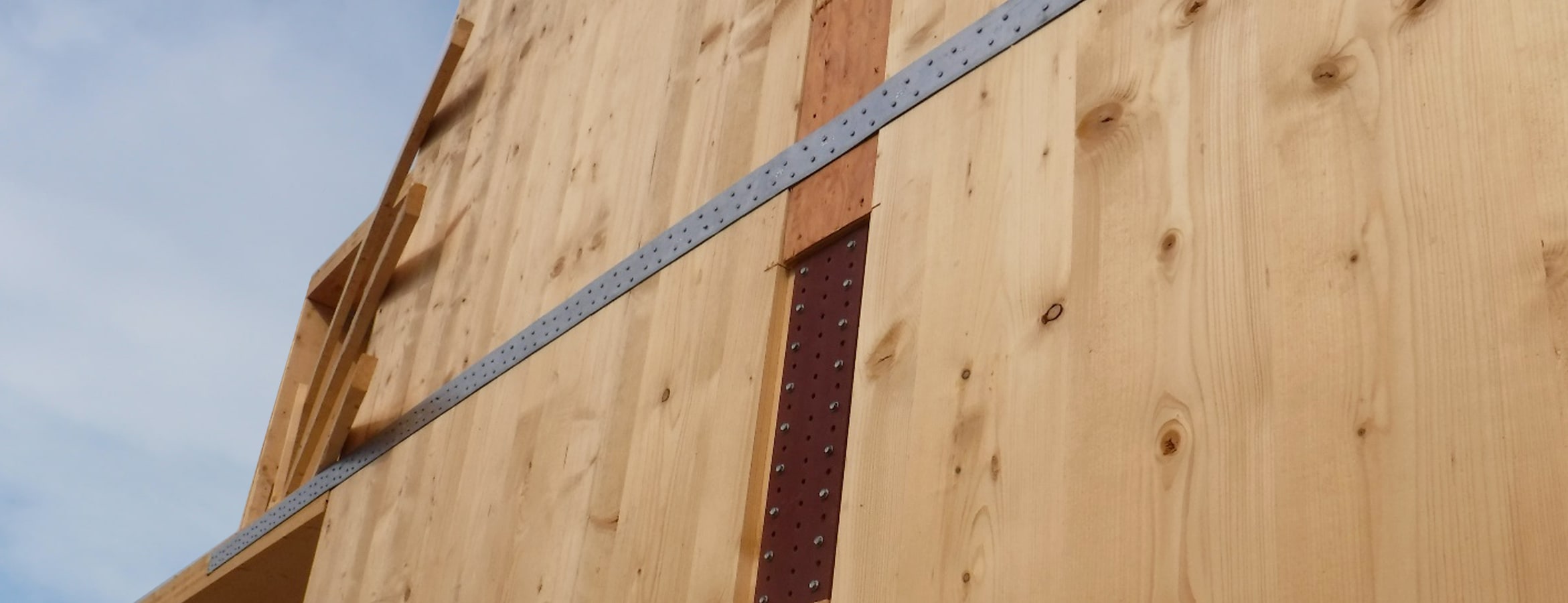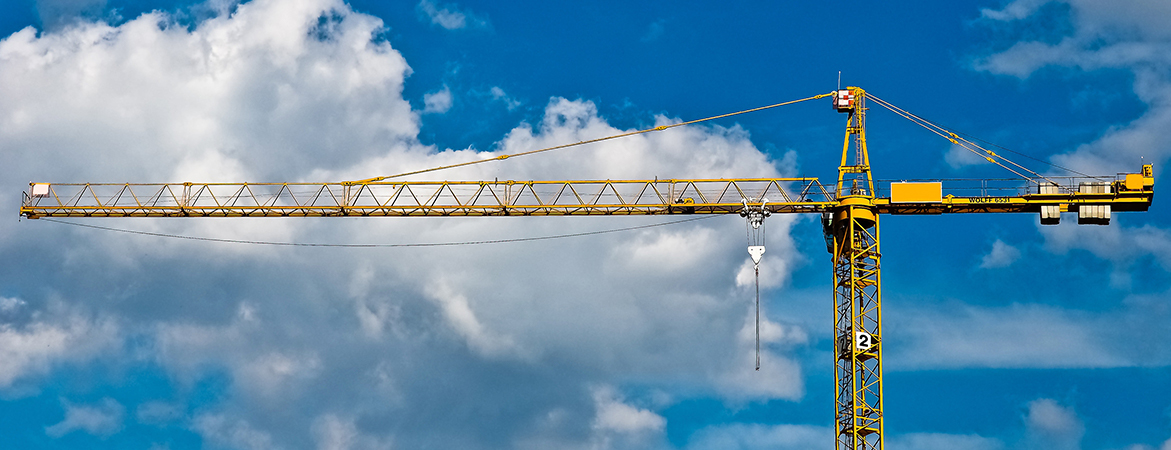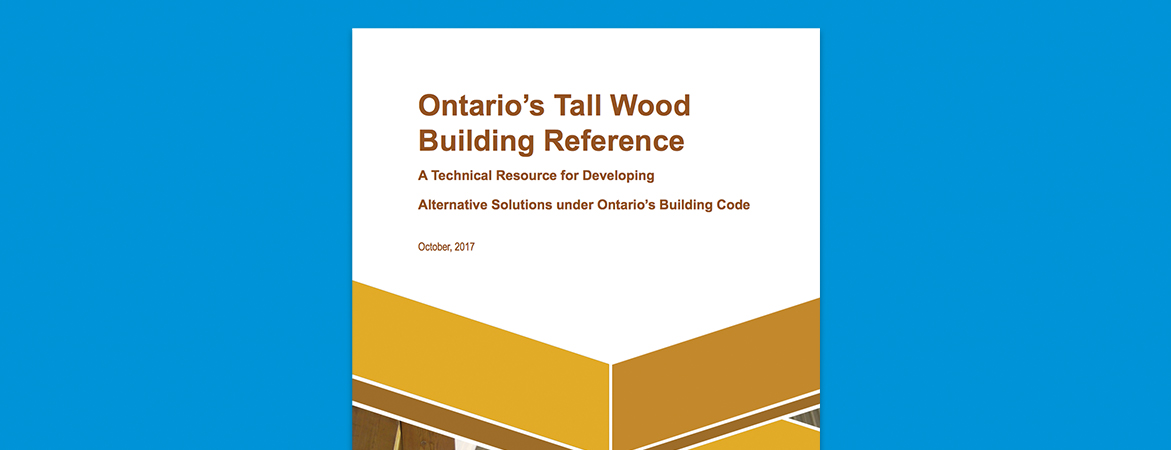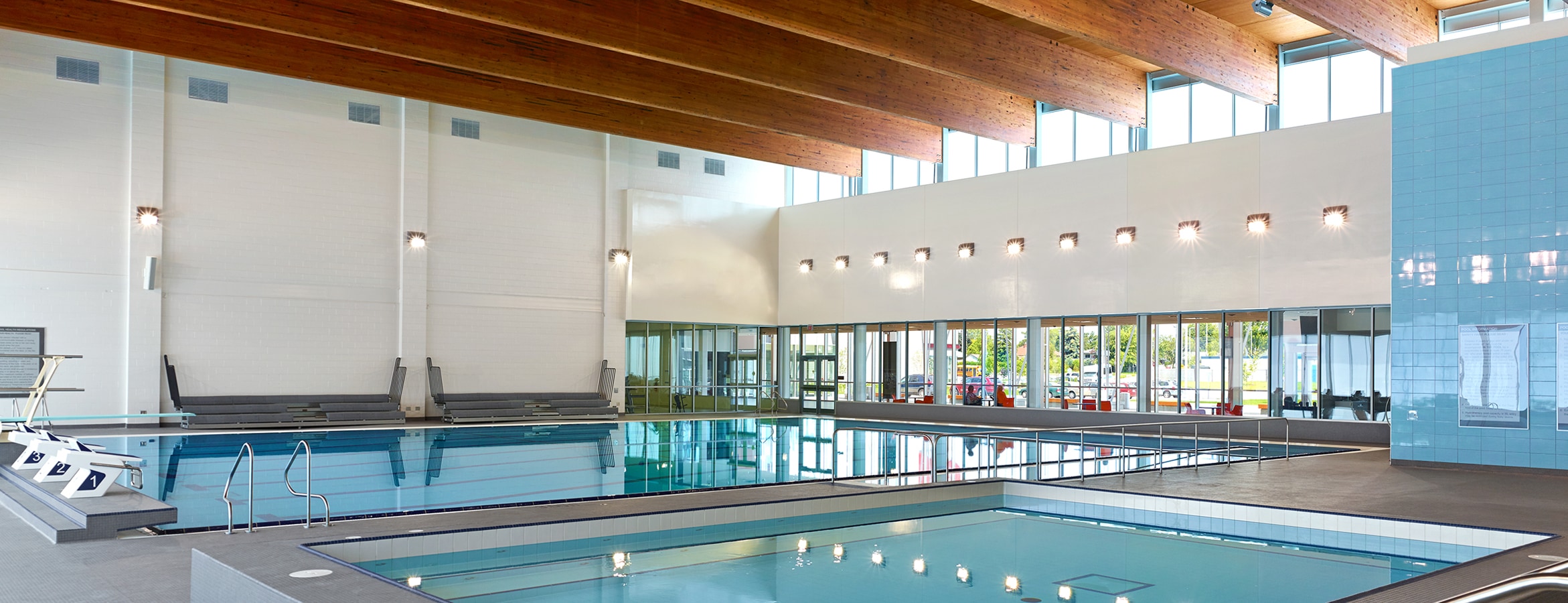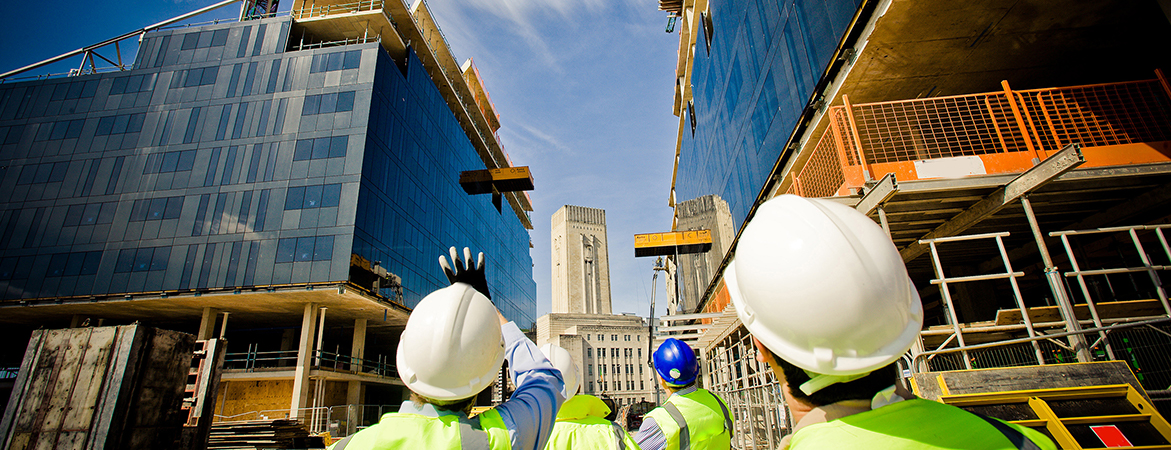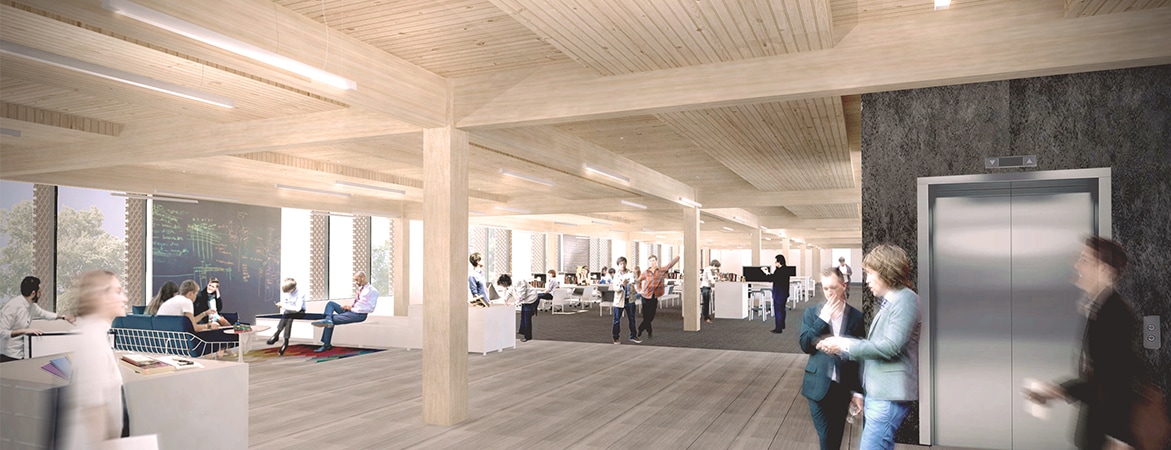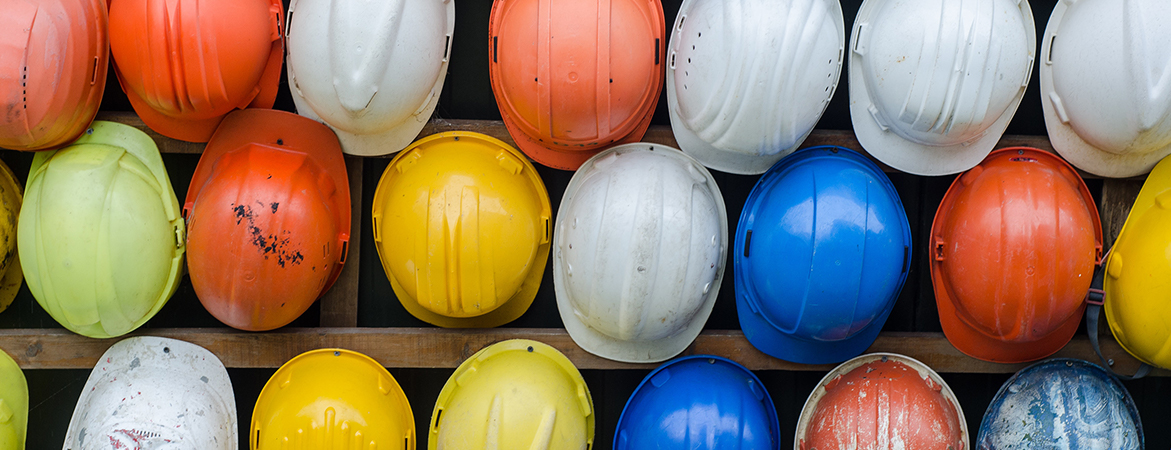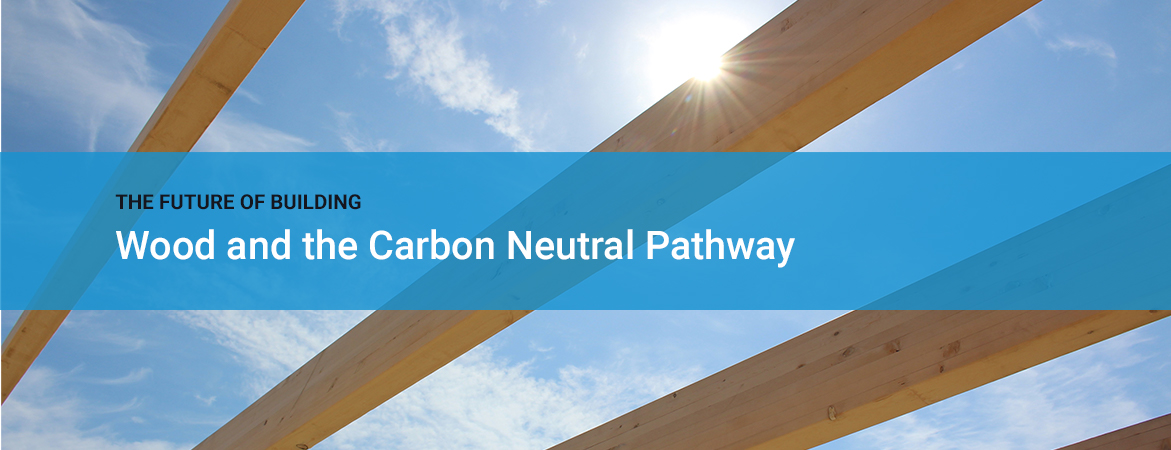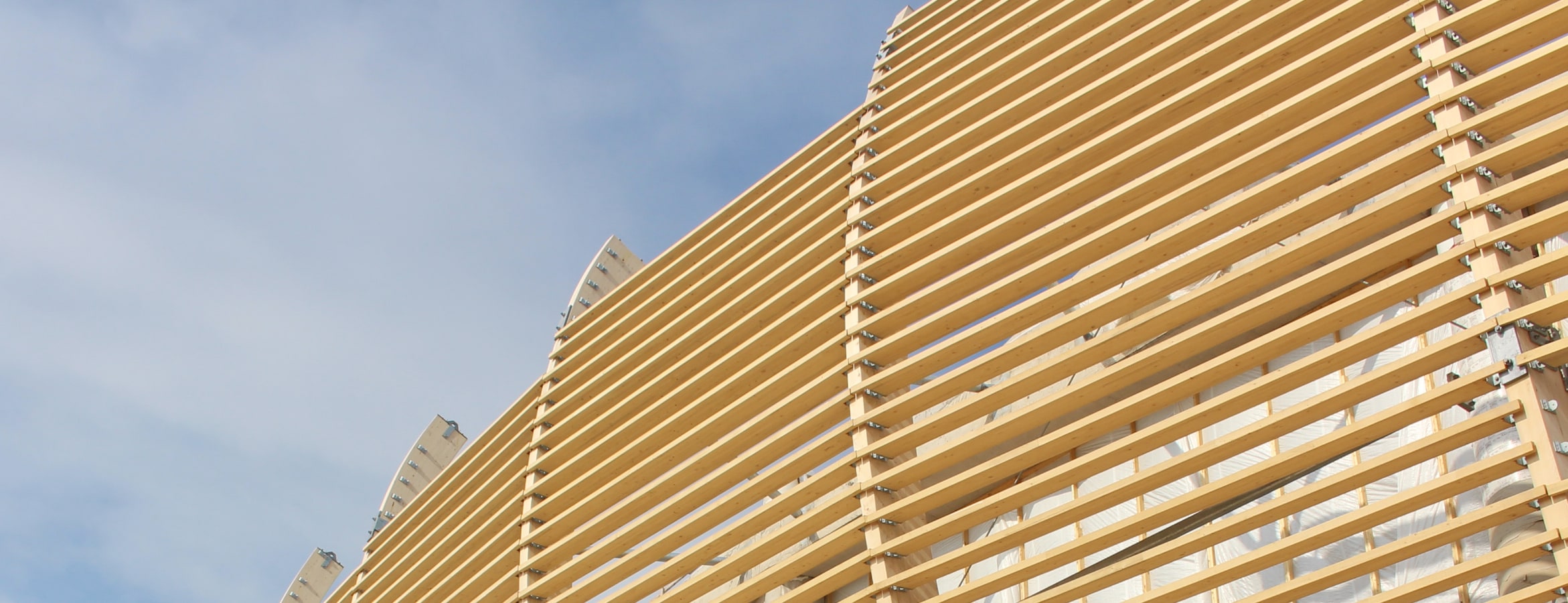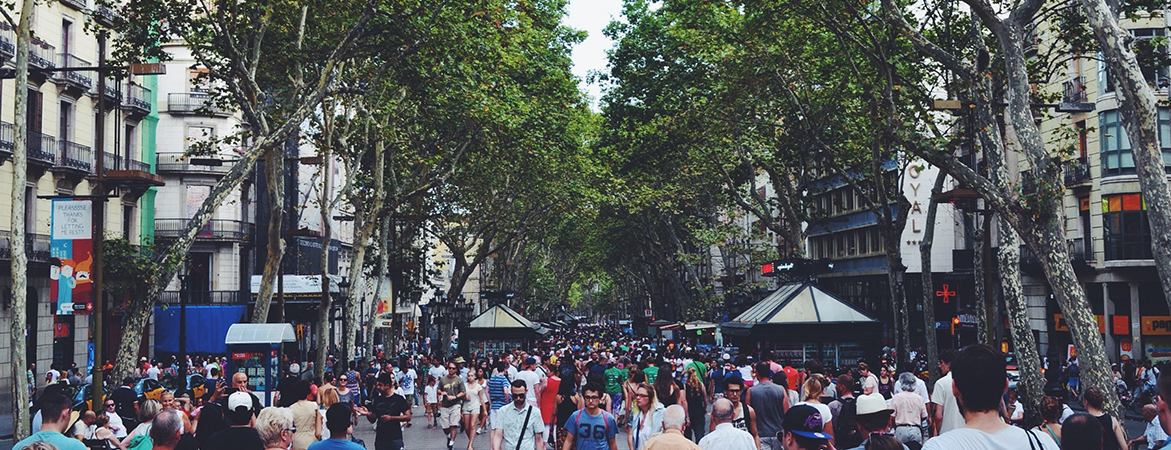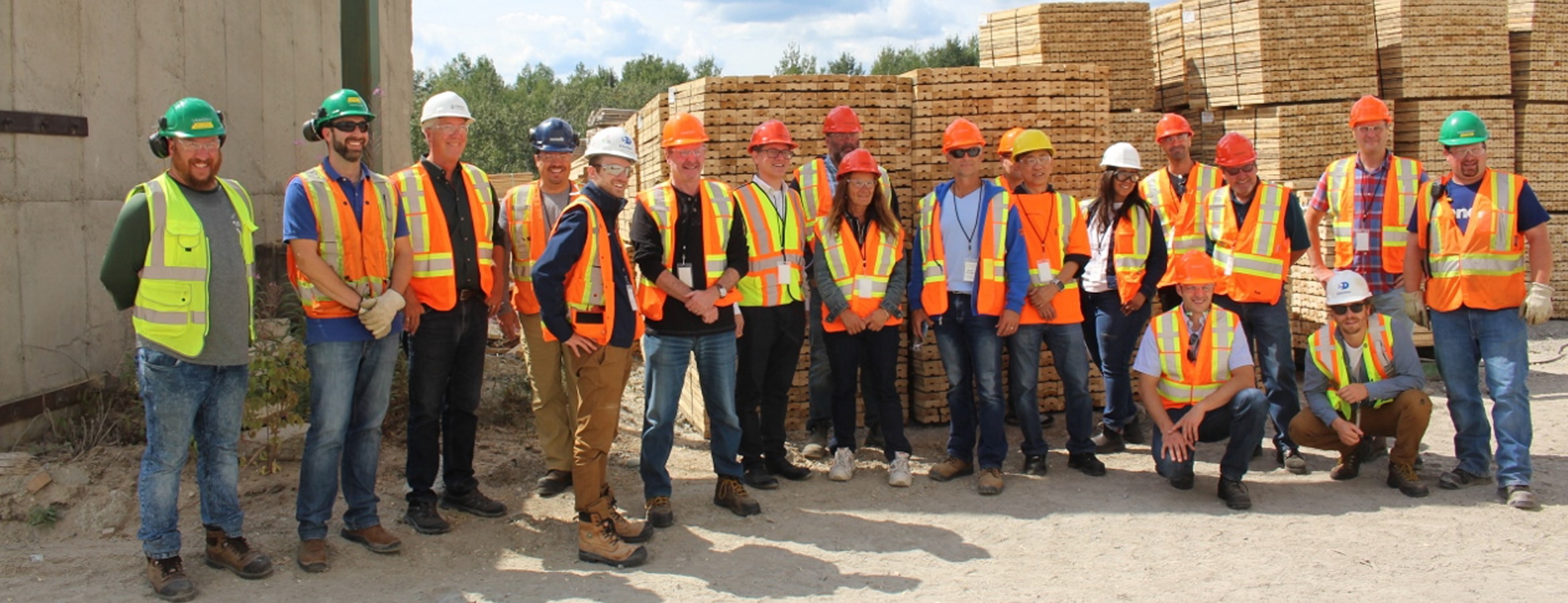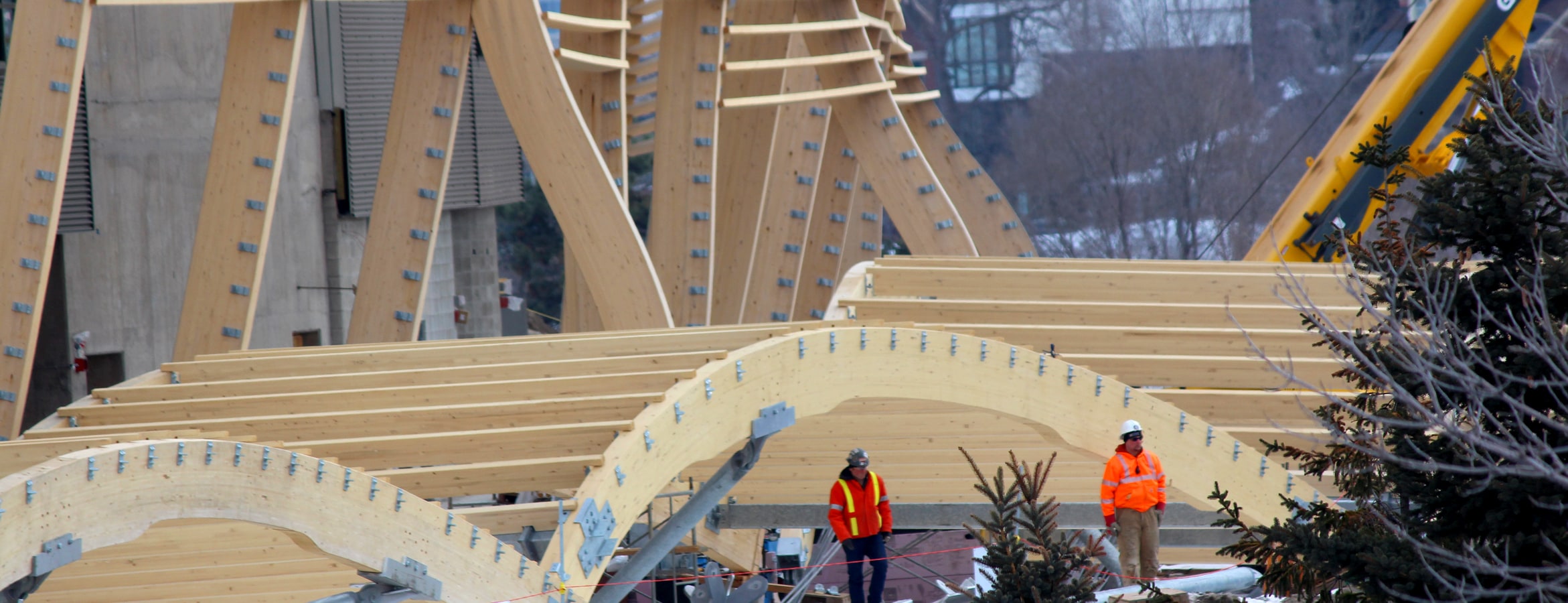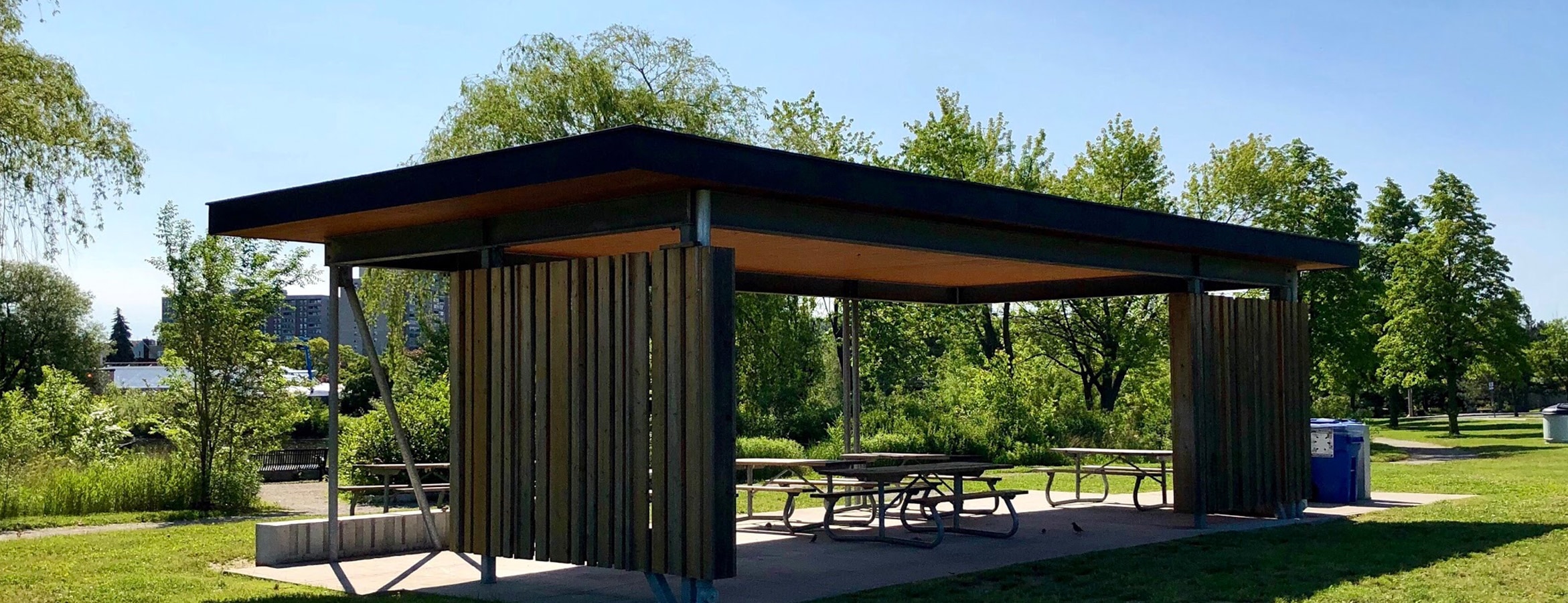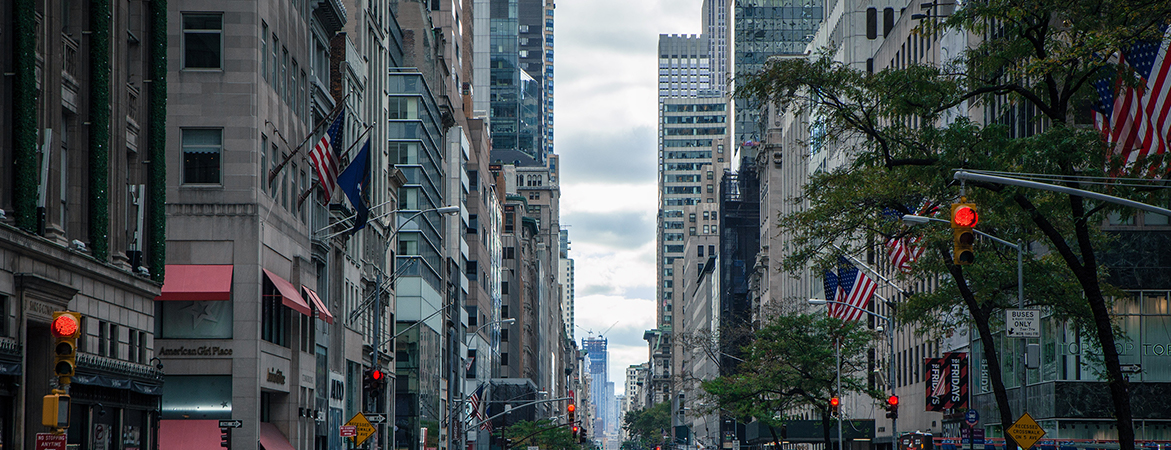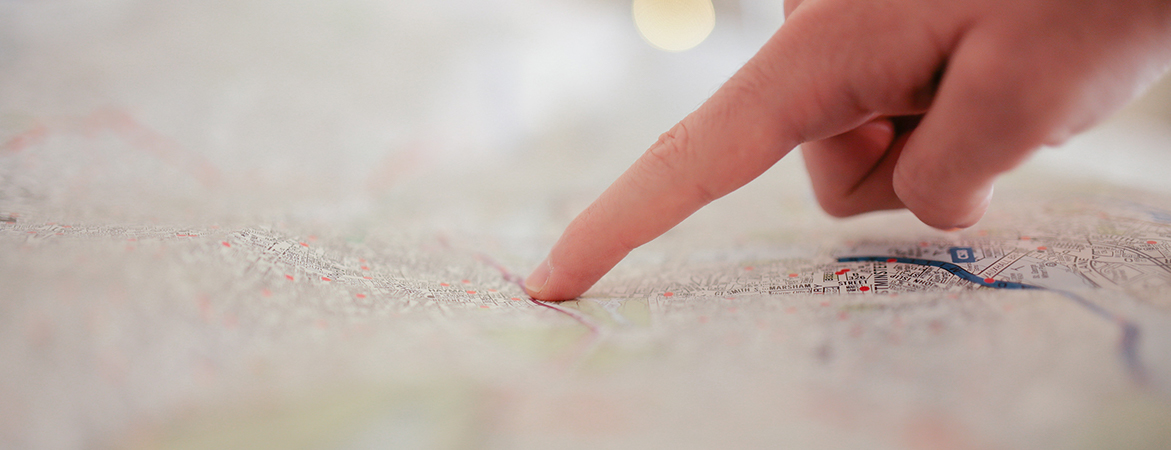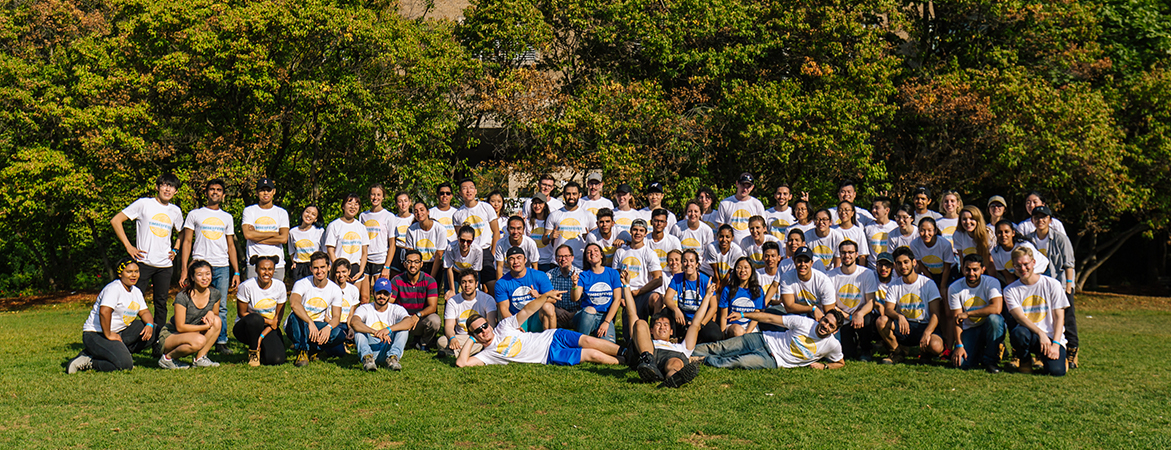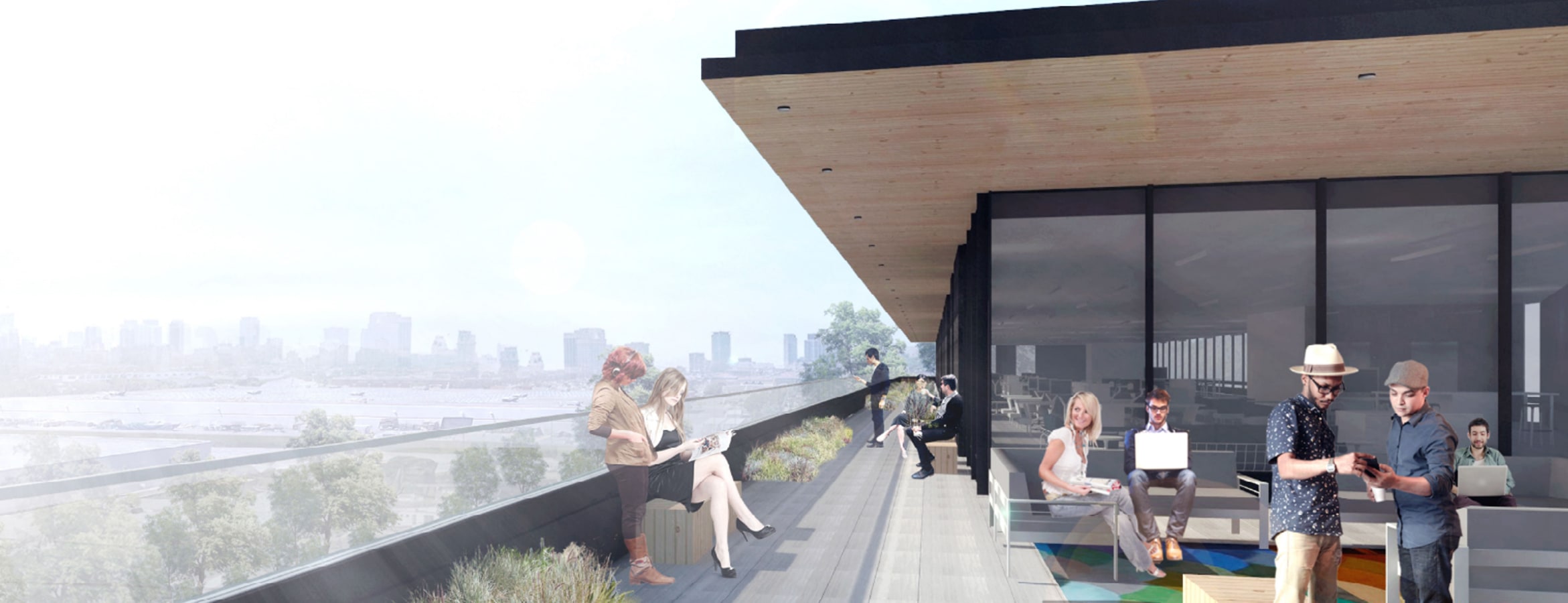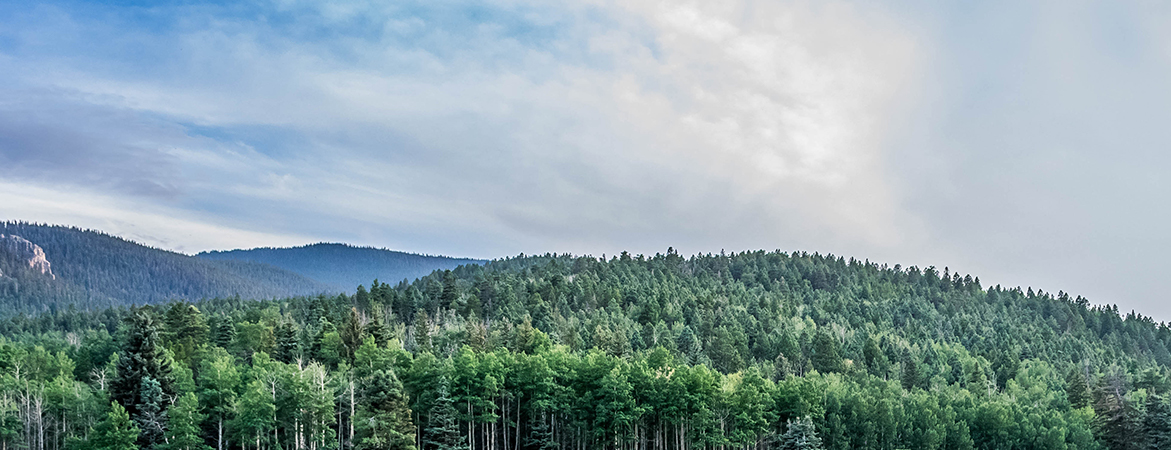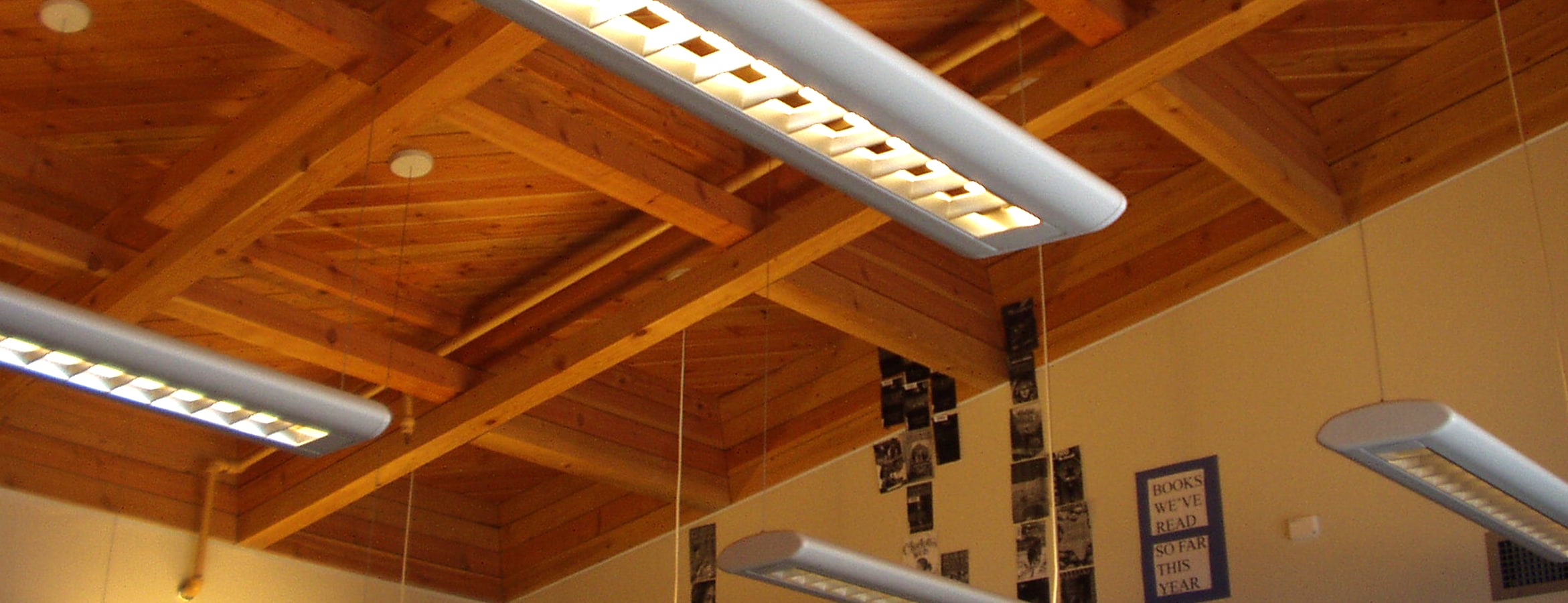There has been a frequent misconception that mid-rise and high-rise timber structures constructed using mass timber are less safe than other types of structures constructed using steel or concrete. However, building codes are based on performance criteria for the building to that occupants are safe, regardless of the building material. Fire safety provisions for tall wood buildings are being added to the building codes in Canada and the United States to explicitly lay out the requirements for this new type of construction. Several considerations factor into the fire design of tall mass timber structures including:
- Engage a fire code consultant with the design team early stage in the schematic design phase to advise on local building code requirements and alternative solutions using performance-based-design, acceptable to the municipality.
- While architecturally there may be a desire to expose mass timber (who does not like the warmth of natural wood!) there are typically constraints on what is possible. Building codes are often concerned with limiting the amount of combustible material available to feed a fire (this can include the furnishings, and flame spread on finishes) and may impose a maximum percentage of exposed wood allowed within any fire compartment.
- Mass timber, by virtue of its large cross-section sizes, has an inherent resistance to fire due to the process of charring. The formation of an exterior char layer protects the wood inside from further burning and heat damage. Mass timber can be designed with added thickness to meet the requirements for fire resistance ratings appropriate for the occupancy type of the building. This means there will be additional structural capacity than needed purely for gravity and lateral loading. Depending on circumstances, charring may not be symmetrical and must be considered by the structural engineer.
- An alternative to designing with fire resistance for mass timber members is to fully encapsulate the wood using fire-rated drywall, sometimes in more than one layer corresponding to the fire resistance time needed. Encapsulated mass timber construction is proposed to be part of the 2020 edition of the Canadian National Building Code.
- Another method of adding fire resistance to mass timber structures is the application of fire-retardant coatings. Care must be taken during design to ensure compatibility of the coating product with the species of wood used and with any components of the connections between elements.
- The protection and/or fire resistance of connections in mass timber construction needs to be carefully considered in their design, especially when using metallic fasteners and connections. Approaches to this include using connectors that are hidden within the structural members and are thus protected by the char layer and fully encapsulating the connections.
- The construction period a time when wood buildings are at risk to fire until safety systems, whether passive or active, are in place. Most construction fires are caused by arson whilst other common causes are hot works or heaters on site, or careless fire safety practices. This can be avoided with site security, limiting or eliminating hot works, banning smoking on site and activating standpipes as construction progresses. Guidelines can be found published by the Canadian Wood Council and the Construction Fire Safety Coalition under the supervision of the American Wood Council.
Moses Structural Engineers can walk you through your options when designing your next project!
